Virtually every opinion poll held over the past decade shows that Australians do not support high immigration nor the rapid growth in population, which is straining our major cities.
In the 60 years following World War II, Australia’s net overseas migration (NOM) averaged 90,000 per annum. In only two years over that 60-year period, NOM exceeded 150,000, and only barely.
In the early 2000s, under pressure from the business lobby, the Howard government decided to ramp up immigration, which future governments doubled down on.
In the 15 years leading up to the end of 2019, just before the pandemic, Australia’s NOM surged from an average of 90,000 in the 60 years post-WW2 to an average of 220,500, an increase of 145%.
In the five years to the end of 2024, which includes the pandemic lockdowns, NOM averaged 265,000, a 194% increase over the post-war average.
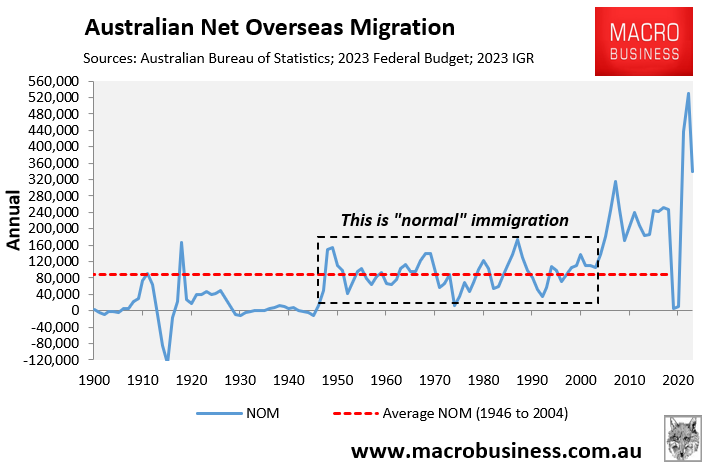
As a result, Australia’s population ballooned by 8.5 million to the end of 2024—a 45% increase and the fastest growth in the advanced world.
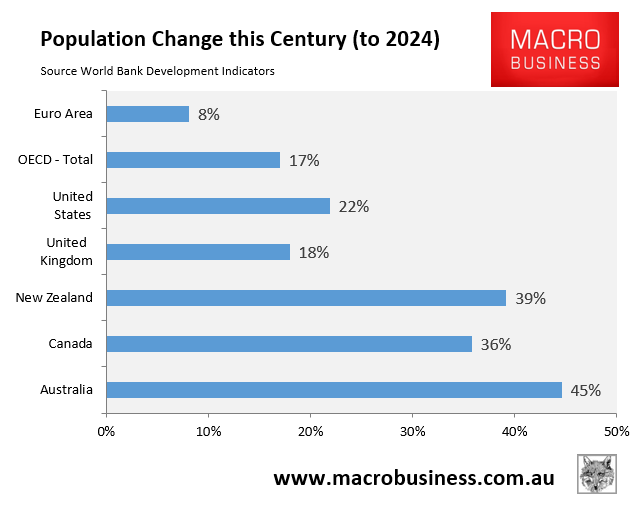
Anybody living in one of Australia’s major cities has seen the dilution in their quality of life.
Infrastructure and services have failed to keep pace with the population surge, resulting in significantly more expensive and lower-quality housing, while more people are being crammed into high-rise apartments.
In short, everyone’s standard of living has gone down, not up.
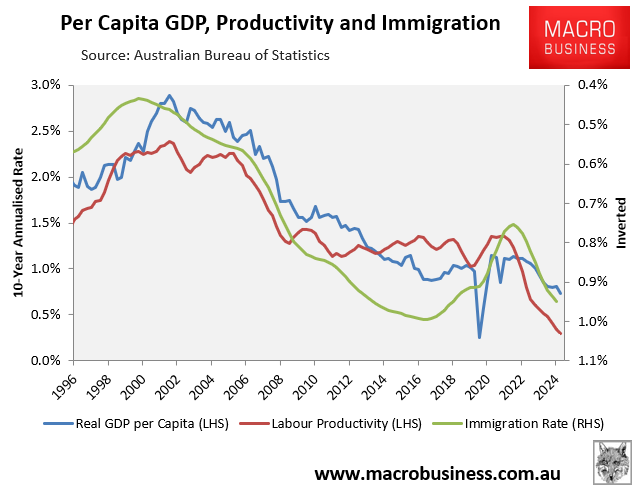
Australia’s productivity has been harmed by ‘capital shallowing’ because the amount of capital investment per person has shrunk.
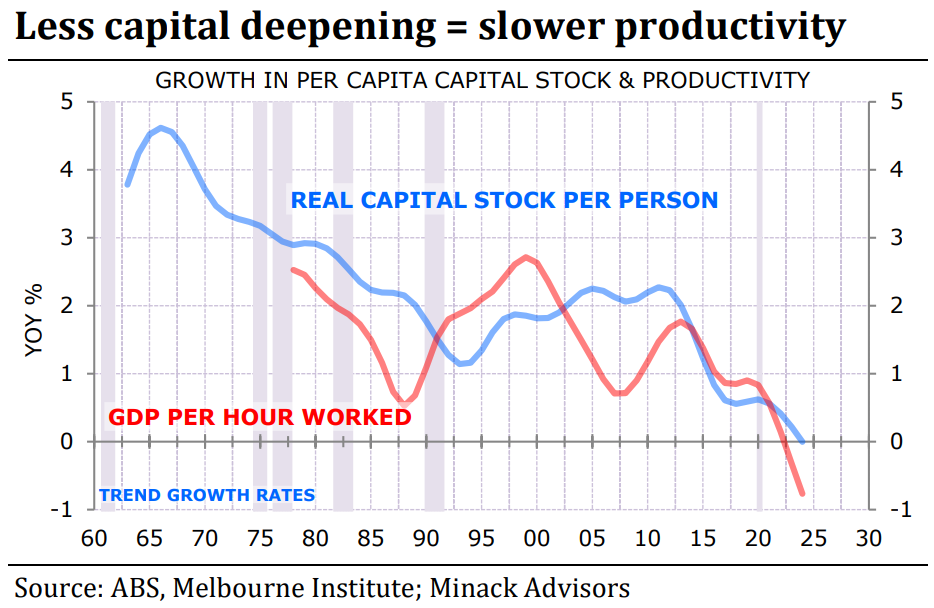
The future promises more of the same. The Centre for Population and the Intergenerational Report project that Australia’s NOM will average 235,000 over the next 40 years, which is around 15,000 higher than the 15 years leading up to the pandemic.
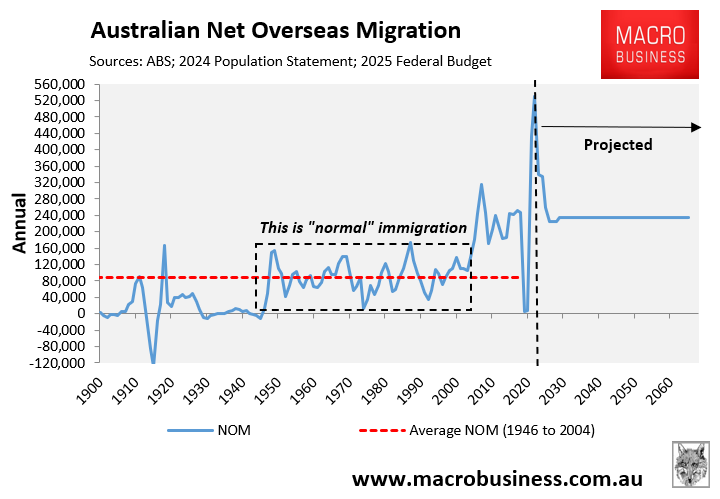
As a result, Australia’s population is projected to grow by 13.5 million people over 40 years to 40.5 million, equivalent to adding another Sydney, Melbourne, and Brisbane to Auustralia’s current population.

Source: Centre for Population (December 2024)
These levels of migration are excessive and not in the nation’s interest. A significantly smaller migration system is required, with a focus on attracting genuinely highly skilled individuals to areas where there is a real shortage.
The March for Australia is poorly targeted and will stifle genuine discussion on immigration:
While there are genuine concerns and frustrations about the impacts of Big Australia immigration and the lack of discussion in politics and the media, the planned March for Australia on Sunday is misguided and will negatively impact the migration debate.
The organisers have wrongly focused on “identity” and have created a divisive “Australians versus immigrants”, “take back our country” narrative that will inevitably get overrun with extremists.
Worse, it risks making legitimate discussions about population management untouchable—tarring anybody arguing for lower immigration as being racists or extremists.
Let’s not forget that migrants living in places like Western Sydney or Western Melbourne are the ones suffering most from extreme population growth. These places are the fastest-growing regions of Australia and are suffering the most from the lack of infrastructure and services.
A genuine “March for Sustainable Immigration” would have invited these migrant communities most impacted by high immigration to participate, not targeted them.
Such a march would have focused on the real issues that are impacting everyone: that excessive, poorly managed immigration strains infrastructure and services, makes housing more expensive, strains the environment, and harms productivity and living standards.
This sort of nuance is missing from the March for Australia, which is why I don’t support it and will not be attending.
Sadly, the effective ban on immigration debate in politics and much of the media inevitably leads to extremism.
This is why I have always supported a plebiscite on Australia’s future population size. Let voters decide on how big they want Australia to become. Give us genuine democracy.
Canada was able to have a sensible discussion on immigration by linking excessive volumes directly to the rental crisis, infrastructure, and living standards.
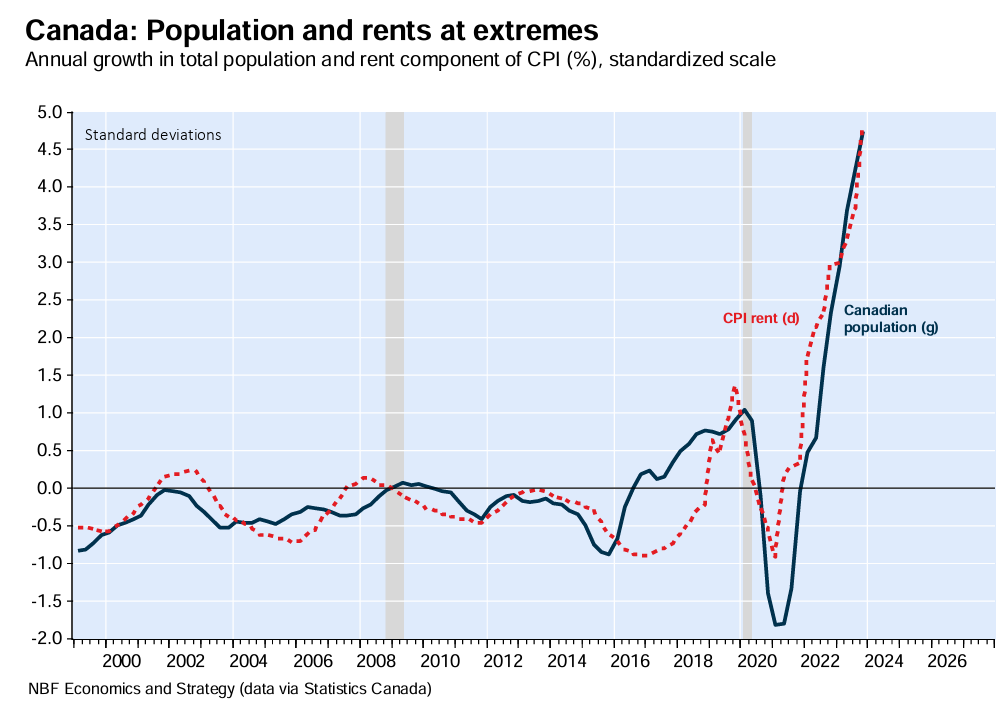
As a result, Canada implemented a three-year population freeze in mid-2024.
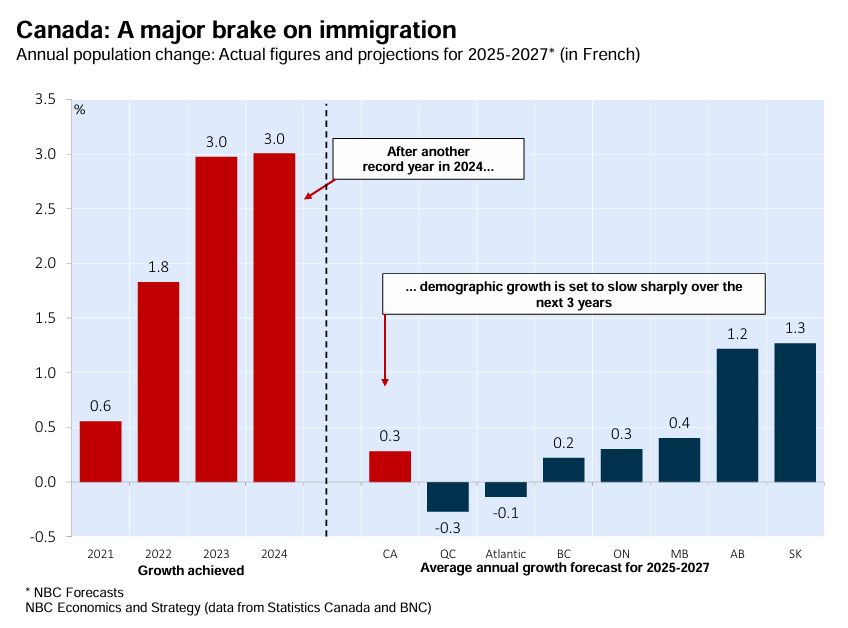
And Canada’s NOM has plummeted:
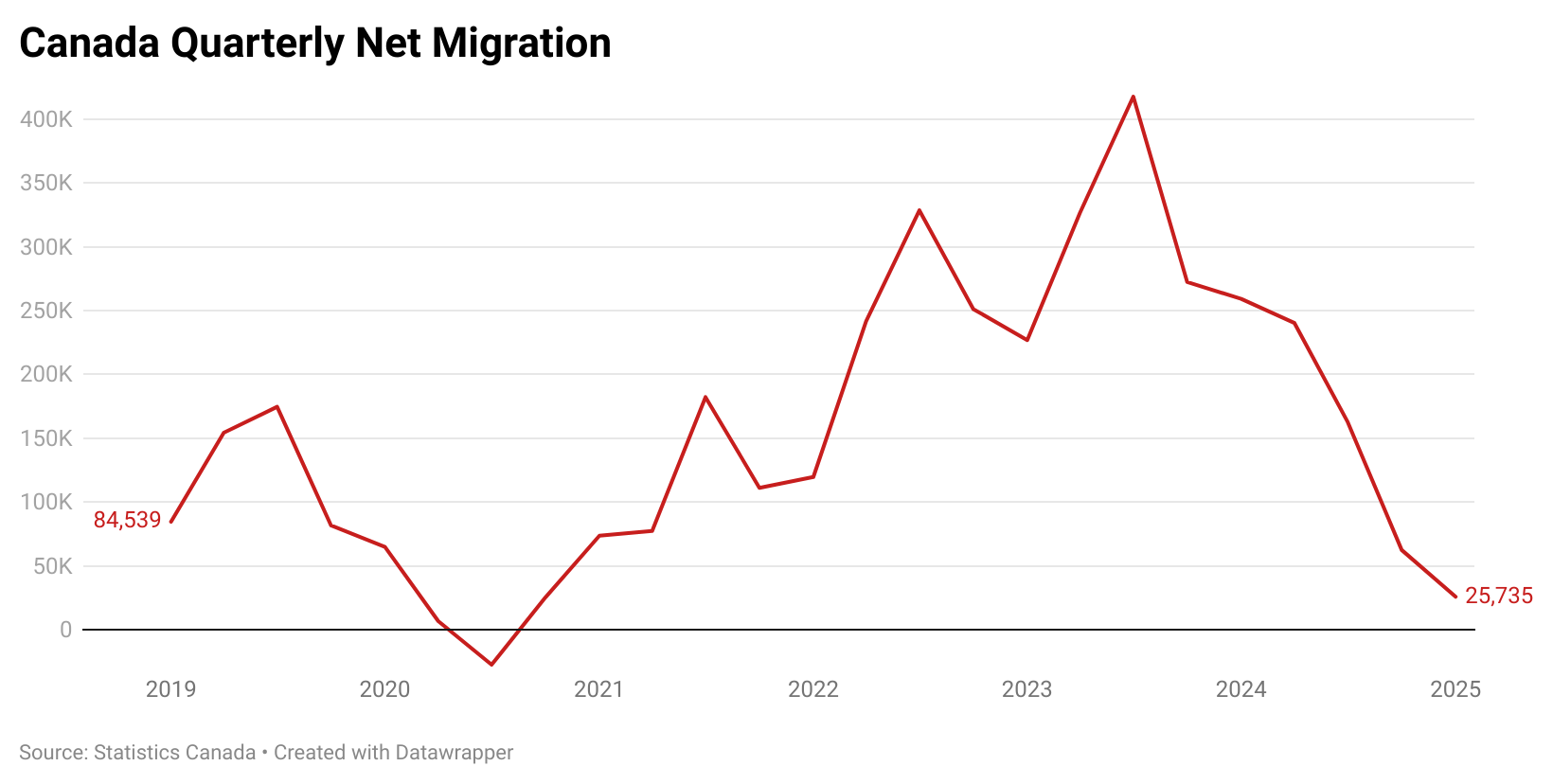
Why can’t Australia have such a discussion on immigration levels and the quality of the intake?

